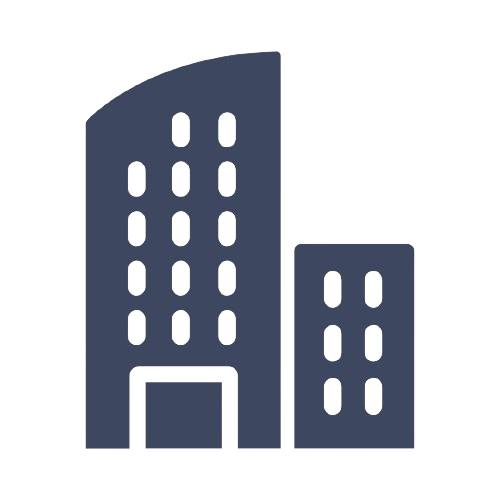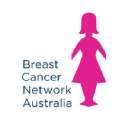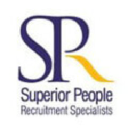Role Definition Manages on-site fleet and operational support for the customer solutions. Responsibilities Assigning Field Service personnel to client accounts in order to maintain customer satisfaction and efficiently utilize resources. Ensuring that the skill set of the assigned personnel meets the needs of the client organization. Assisting the sales team by acting as a technical resource during the sales cycle for national or major accounts. Assisting in contract or service agreement negotiations as needed. Gathering information regarding the nature of customer support issues and reporting trends to engineering for product revisions or enhancements. Establishing guidelines and defining standards for on-site technical support. Tracking service requests from initiation to completion and monitoring staff performance to ensure guidelines are met consistently. Skill Descriptors Customer Focus: Knowledge of the values and practices that align customer needs and satisfaction as primary considerations in all business decisions and ability to leverage that information in creating customized customer solutions. Level Working Knowledge: Communicates the importance of customer needs/expectations and commits to resolving them. Researches and verifies customer needs and expectations. Solicits customer satisfaction feedback and acts on improvement opportunities. Helps link organizational objectives to customer needs and expectations. Meets regularly with customers to understand their wants, needs and expectations. Service Excellence: Knowledge of customer service concepts and techniques; ability to meet or exceed customer needs and expectations and provide excellent service in a direct or indirect manner. Level Working Knowledge: Provides a quality of service that customers describe as excellent. Resolves common customer problems. Responds to unexpected customer requests with a sense of urgency and positive action. Provides direct service to internal or external customers. Documents customer complaints in a timely manner. Effective Communications: Understanding of effective communication concepts, tools and techniques; ability to effectively transmit, receive, and accurately interpret ideas, information, and needs through the application of appropriate communication behaviors. Level Working Knowledge: Delivers helpful feedback that focuses on behaviors without offending the recipient. Listens to feedback without defensiveness and uses it for own communication effectiveness. Makes oral presentations and writes reports needed for own work. Avoids technical jargon when inappropriate. Looks for and considers non-verbal cues from individuals and groups. Problem Solving: Knowledge of approaches, tools, techniques for recognizing, anticipating, and resolving organizational, operational or process problems; ability to apply knowledge of problem solving appropriately to diverse situations. Level Working Knowledge: Identifies and documents specific problems and resolution alternatives. Examines a specific problem and understands the perspective of each involved stakeholder. Develops alternative techniques for assessing accuracy and relevance of information. Helps to analyze risks and benefits of alternative approaches and obtain decision on resolution. Uses fact-finding techniques and diagnostic tools to identify problems. Relationship Management: Knowledge of relationship management techniques; ability to establish and maintain healthy working relationships with clients, vendors, and peers. Level Working Knowledge: Provides prompt and effective responses to client requests and interactions. Monitors client satisfaction levels on a regular basis. Alerts own team to problems in client satisfaction. Differentiates the roles and responsibilities in a business relationship. Works with clients to address critical issues and resolve major problems. Technical Excellence: Knowledge of a given technology and various application methods; ability to develop and provide solutions to significant technical challenges. Level Extensive Experience: Advises others on the assessment and provision of all technical solutions. Engages appropriate subject matter resources to effectively resolve technical issues. Mentors others to enhance their technical competence and its application to achieve more effective technical solutions. Coaches others in promoting, defining, analyzing, and providing superior technical solutions to business problems. Provides effective solutions to moderate technical challenges through strong technical competence, effectively examining implications of events and issues. Assumes accountability for personal technical performance and holds others responsible for theirs. Safety (Oil and Gas): Knowledge of procedures, practices, considerations and regulatory requirements for the safety and protection of workers, community, environment and company assets; ability to identify and respond accordingly to work-related hazards. Level Extensive Experience: Promotes workplace safety among supervisors and workers; communicates safety rules and regulations. Performs safety inspections to assure compliance with company, local and federal regulations. Discusses managers' and workers' responsibilities in ensuring compliance with OSHA requirements. Assesses and reports unusual or new safety hazards or violations; initiates corrective action. Determines appropriate action to take when unsafe conditions are encountered. Ensures that all employees and contractors comply with relevant safety policies and regulations. Troubleshooting Technical Problems: Knowledge of troubleshooting approaches, tools and techniques; ability to anticipate, detect and resolve technical problems in a manufacturing environment. Level Working Knowledge: Documents common hardware, software and communications problems and likely resolutions. Troubleshoots typical technical problems in a specific area. Works with vendor-specific diagnostic guides, tools and utilities to discover application problems. Adheres to standard troubleshooting procedures to ensure effectiveness of resolutions. Participates in setting evaluation standards and criterion for troubleshooting. This Job Description is intended as a general guide to the job duties for this position and is intended for the purpose of establishing the specific salary grade. It is not designed to contain or be interpreted as an exhaustive summary of all responsibilities, duties and effort required of employees assigned to this job. At the discretion of management, this description may be changed at any time to address the evolving needs of the organization. It is expressly not intended to be a comprehensive list of “essential job functions” as that term is defined by the Americans with Disabilities Act.



















